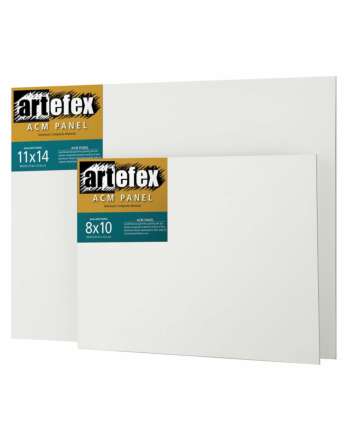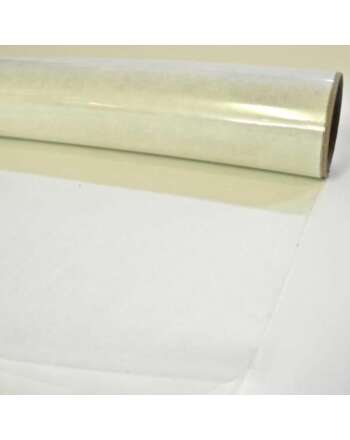An Aluminum Composite Material (ACM) panel is a type of flat panel that consists of two thin aluminum sheets bonded to a non-aluminum core. They are commonly used in construction for cladding buildings, signages, and other architectural applications.
ACM panels are different from other painting supports in a few ways:
- Surface: ACM panels have a smooth, hard surface that can be challenging to paint on due to the low porosity and lack of tooth. The surface is typically covered with a polyester coating unsuitable for painting directly on with artists' paints.
- Texture: Due to their smooth surface, it may not be easy to achieve a textured surface on ACM panels.
- Flexibility: ACM panels are rigid, so they are less prone to cause mechanical stress on paint films.
- Durability: ACM panels are weather-resistant, and are not affected by humidity and temperature changes, making them suitable for outdoor painting.
- Compatibility: ACM panels are compatible with various types of paint, but they must be primed to ensure good adhesion of the paint layers to the coated aluminum surface.
- Adhesion: The coated aluminum surface may have low adhesion to some types of artists' paint, so priming is recommended.
Artists who work with ACM panels need to consider these properties when planning and executing their paintings. They may need to use specific techniques or materials to overcome the challenges of painting on this support.













